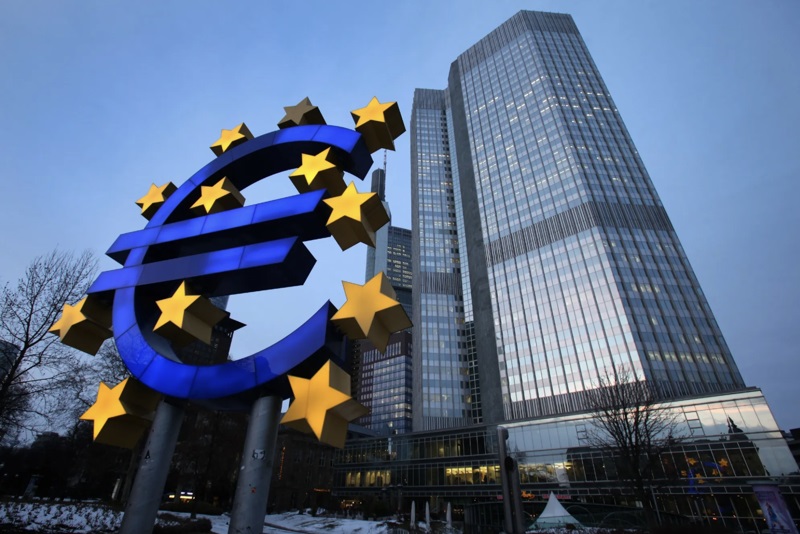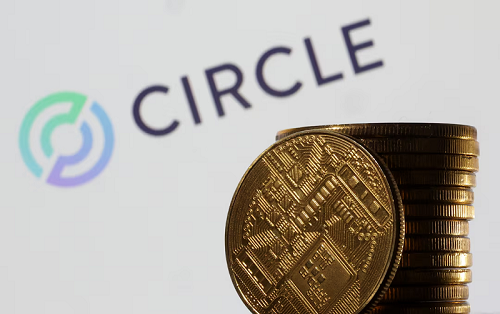SEC’s Regulatory Pivot: How Crypto’s Regulatory Uncertainty Could Finally Fade
The U.S. Securities and Exchange Commission (SEC) has long been a polarizing force in the cryptocurrency market, oscillating between aggressive enforcement and calls for clarity. Now, under Chair Paul Atkins, the agency is recalibrating its approach, asserting that it already possesses the legal tools to oversee digital assets effectively. In a series of recent public remarks, Atkins has framed the SEC’s mission as one of modernization rather than overreach, signaling a potential inflection point for crypto innovation and investment.

The Regulatory Shift: Authority Without New Laws
Atkins’ central thesis—that the SEC’s existing legal framework allows it to address crypto challenges—marks a sharp departure from his predecessor’s reliance on enforcement actions. During the SEC’s Crypto task Force roundtable in April 2025, he emphasized that “we have ample room to maneuver under existing rules,” targeting outdated regulations like the custody requirements under the Exchange Act and Advisers Act. This stance aligns with the SEC’s recent moves: halting enforcement cases against crypto firms, repealing Staff Accounting Bulletin 121 (which restricted institutional crypto adoption), and pausing aggressive actions against meme coins.
The focus on custody challenges underscores the core regulatory tension. Traditional custody rules, designed for physical or centralized assets, clash with blockchain’s decentralized nature. Atkins has called for rethinking the “special purpose broker-dealer” model, used by custodians like Prometheum, suggesting a crypto-specific framework may emerge. This shift could reduce compliance costs for firms like Anchorage Digital and Fidelity Digital Assets, which have long grappled with ambiguous guidelines.
Market Reactions: Skepticism Amid Hope
Despite the regulatory optimism, markets remain cautious. Bitcoin dipped below $95,000 in April 2025—the lowest level since mid-2023—as investors weighed the SEC’s promises against its track record. Ethereum and XRP also saw minor declines, reflecting lingering doubts about the pace of change. However, the SEC’s symbolic move to drop its lawsuit against Ripple Labs in January 2025, after a four-year battle, has been interpreted as a conciliatory gesture.
Industry players, though, are cautiously optimistic. Firms like Kraken and Gemini have lobbied for clearer rules on self-custody, arguing that decentralized systems can rival traditional institutions in safety. Commissioner Hester Peirce’s advocacy for “common-sense crypto policy” has further signaled a departure from adversarial tactics, aligning with President Trump’s pro-crypto agenda, including his executive order establishing a U.S. Bitcoin reserve.
Risks and Opportunities for Investors
The SEC’s pivot presents both opportunities and risks. On the plus side:
- Reduced enforcement risk: The decline in lawsuits (e.g., against Ripple) lowers legal overhead for compliant firms.
- Institutional adoption: Repealing SAB 121 has already spurred interest from hedge funds and pension funds.
- Custody clarity: A crypto-specific framework could streamline operations for custodians, reducing fragmentation.
However, challenges persist:
- Foreign compliance: Atkins reaffirmed strict enforcement against non-U.S. firms violating SEC rules, potentially limiting exposure to Chinese or Russian entities.
- Meme coin ambiguity: While most meme coins are now deemed non-securities, projects tied to influential figures (e.g., $TRUMP) may face scrutiny.
Conclusion: A New Era, but Not Without Growing Pains
Atkins’ regulatory reset could catalyze a renaissance for U.S. crypto innovation. By leveraging existing authority, the SEC avoids the years-long delays of congressional action, positioning itself to compete globally. The dropping of the Ripple case—a $2 billion dispute—alone signals a willingness to prioritize clarity over confrontation.
Yet, investor caution is justified. The Bitcoin dip in April 2025—despite positive regulatory news—reveals skepticism about execution. Success hinges on two factors:
1. Speed of rulemaking: The SEC’s five-part roundtable series aims to finalize custody guidelines by late 2025. Delays could reignite uncertainty.
2. Global competition: Countries like Singapore and Switzerland have already established crypto-friendly frameworks, giving the U.S. little room for error.
For investors, the path forward is clear: favor firms with robust compliance protocols (e.g., Coinbase, Fidelity Digital Assets) and track the SEC’s progress on custody rules. While risks remain, the SEC’s pivot marks a critical step toward resolving the decade-long crypto regulatory stalemate. The question now is not whether the U.S. can lead in crypto—but whether it will act fast enough to do so.
Data notes: Bitcoin’s April 2025 dip to $95k reflects a 12% decline from its 2023 peak. SEC enforcement actions against crypto firms dropped by 40% in Q1 2025 compared to 2024.









